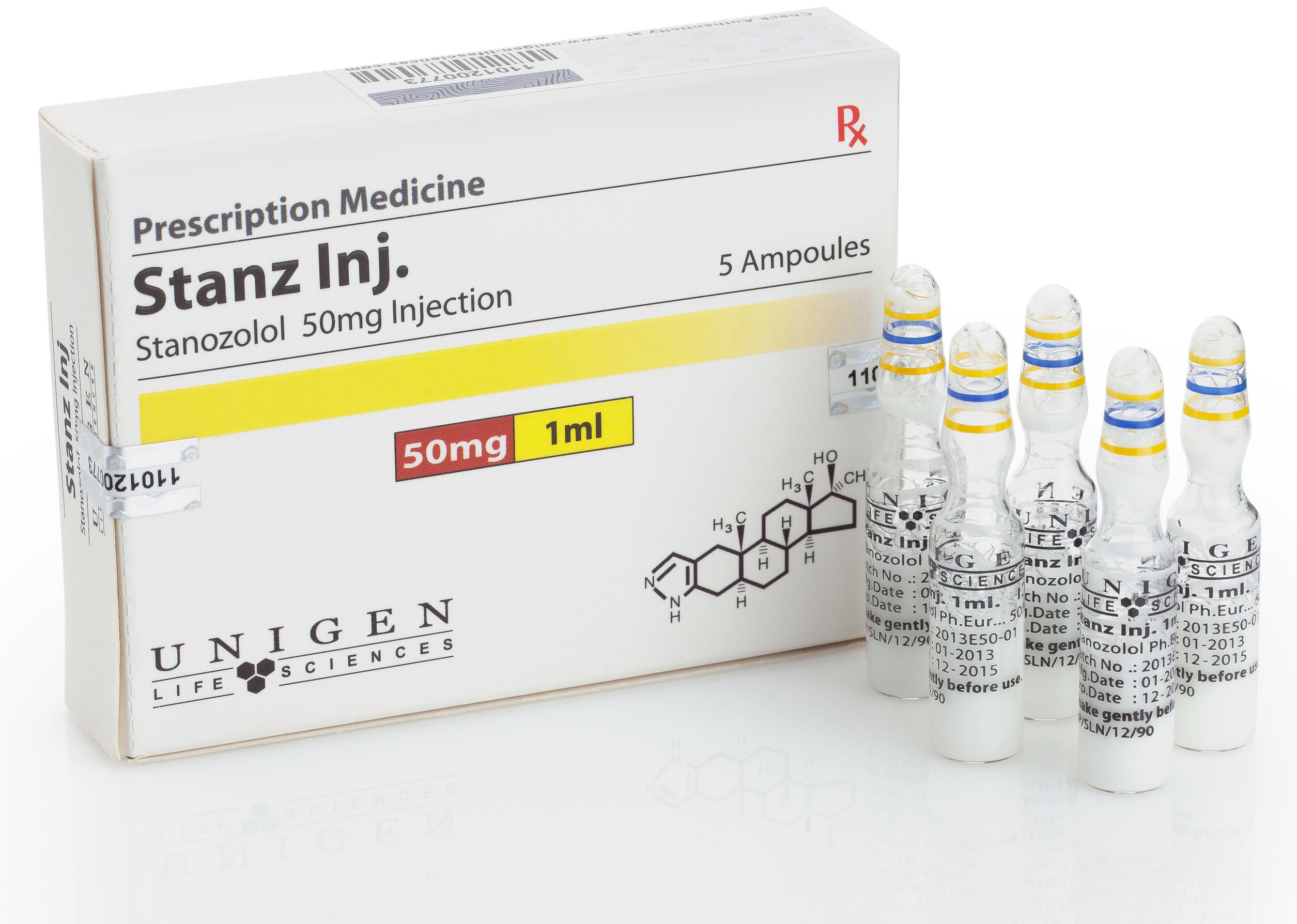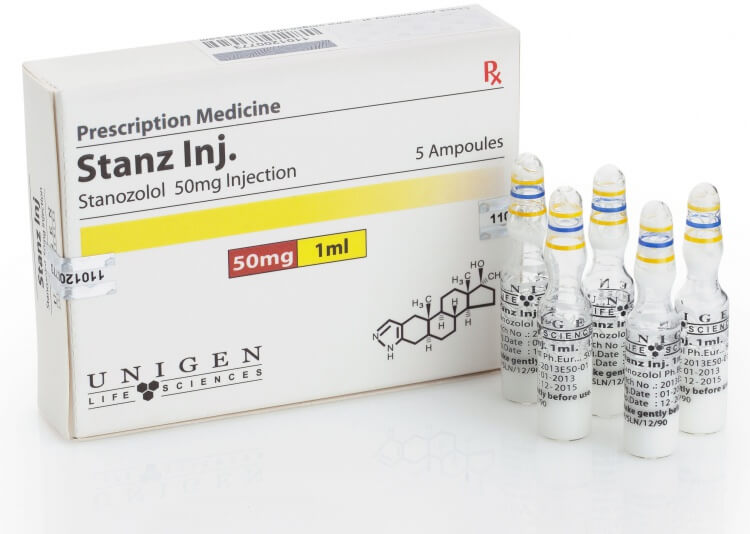
Q: “What is the effect of AAS on burning fat? I know that AAS increase your resting metabolic rate (a necessary condition of increased anabolism). But is that all? That wouldn’t do much at all to burn fat, simply because (as I understand it) there is no good evidence that our bodies burn fat for the purpose of building muscle. Rather, fat is burned for immediate energy needs (work we perform), while muscle growth is dependent on daily food intake. Moreover, if you’re eating enough food to put on serious muscle mass, you’re eating enough that you’re probably gaining a little fat, too. But, I thought I had read that fat cells also have androgen receptors, and that taking AAS stimulated fat cells to release their energy stores. Is that a real fact, or did I just make that shit up?”
A: You’re right, there are androgen receptors in adipocytes and androgens do have effects on them.
However, stimulating lipolysis can only ever be part of the equation, and by itself is not sufficient. Releasing more fatty acids into the bloodstream doesn’t result in them now being excreted from the body, but either they are burned or they are reabsorbed.
So if calories burned does not increase, fat loss does not increase.
However, increased availability of fatty acids is one of the factors that tends to increase metabolic rate. And sluggish lipolysis combined with low caloric intake results in depressed metabolism. So I am not dismissing the value of increased lipolysis but only saying that increased energy expenditure, whether from increased RMR or increased activity, must occur for this to lead to fat loss benefit.

About the author
Bill Roberts is an internationally-recognized expert on anabolic steroids and performance-enhancing drugs (PEDs). He received a bachelor degree in Microbiology and Cell Science and completed the educational and research requirements for a PhD in Medicinal Chemistry at a major American university.
Bill entered the nutritional supplement industry prior to completing his doctoral thesis but his education was invaluable so far as being able to design/improve nutritional supplement compounds, since it was in the field of designing drug molecules and secondarily some work in transdermal delivery.
His education was not specifically "geared" toward anabolic steroids other than expertise with pharmacological principles having broad applications. This has allowed Bill to provide unique insight into the field of anabolic pharmacology with knowledge of points which he would not have known otherwise.
Leave a Reply
You must be logged in to post a comment.